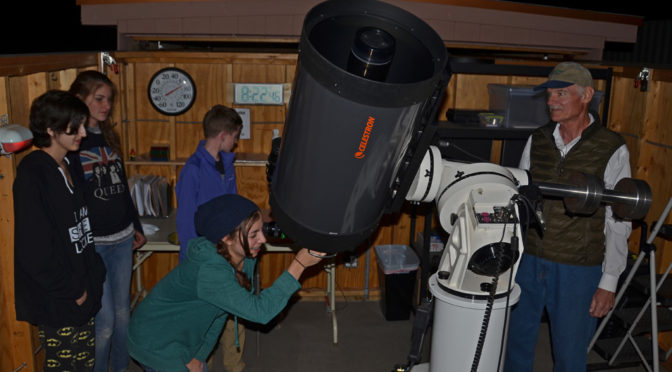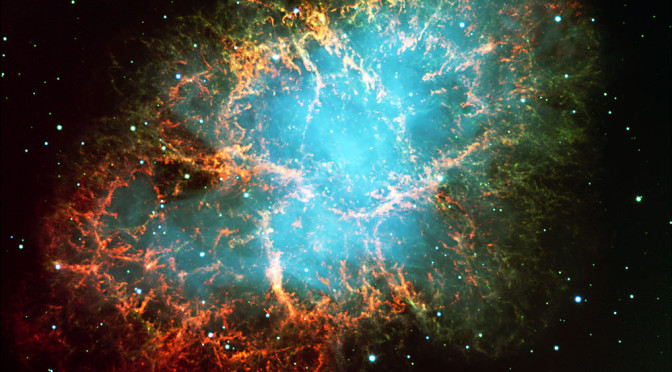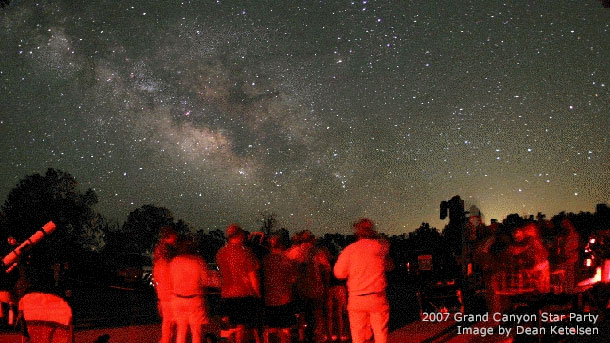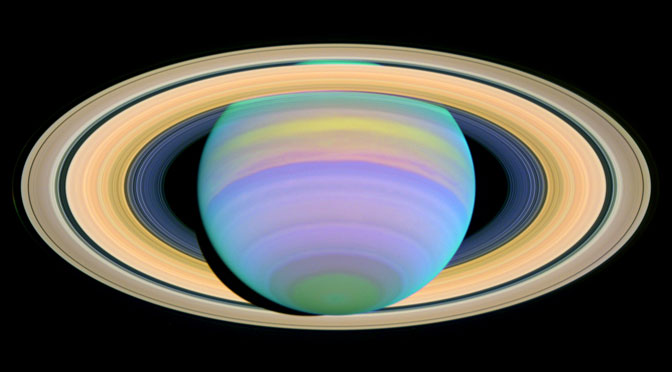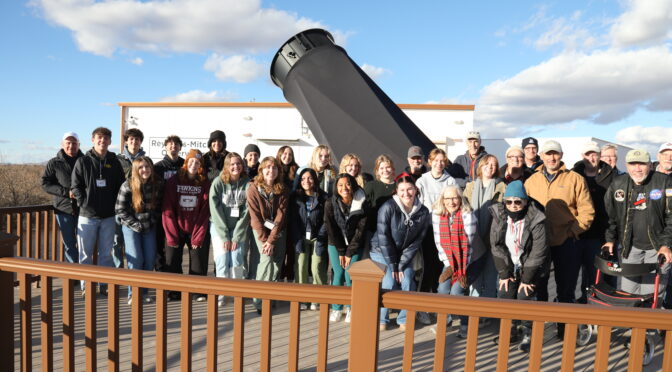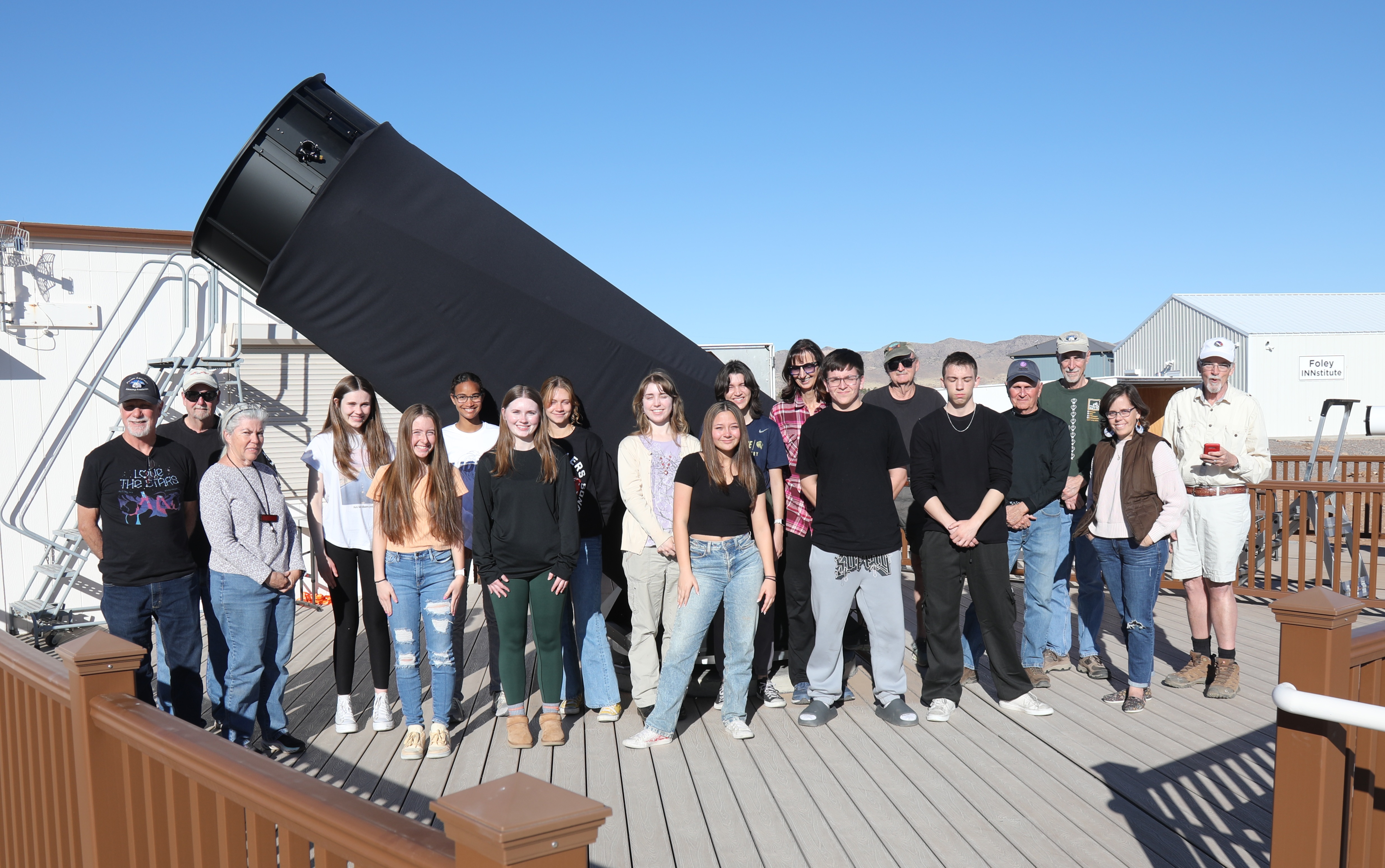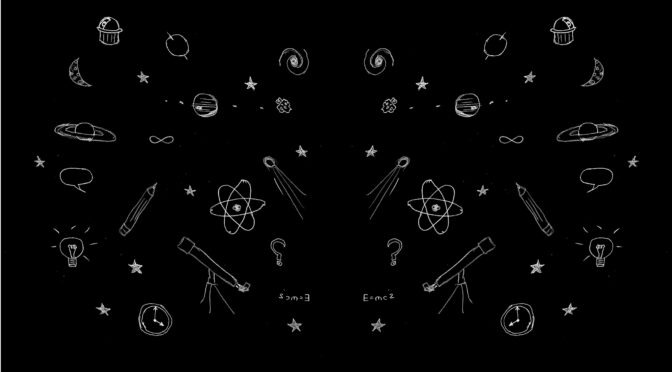
General Meeting
Astronomy Fundamentals Meeting
Next (ONLINE): Thursday, June 12, 2025
6:30 – 8:00 PM
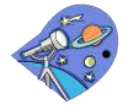
Come join us for a presentation from the fundamentals of amateur astronomy. Learn your way around the night sky to add to your observing enjoyment. Meetings are on the second Thursday of each month.
You can find our past recordings on the Club’s YouTube channel
https://www.youtube.com/playlist?list=PLXbeCAsGDdSZlqE0IAEUBmZxvmCUJi5Tr
Contact: Connor Justice
Email: fundamentals[at]tucsonastronomy.org
Previous: Thursday, April 10, 2025
ONLINE – Astronomy Fundamentals Meeting – July 2025
HYBRID – General Meeting – July 2025
July 11 @ 6:30 pm – 8:00 pm
TBD
Mae Smith, TAAA President
ONLINE – Astronomy Fundamentals Meeting – JUNE 2025
HYBRID – General Meeting – June 2025
June 6 @ 6:30 pm – 8:00 pm
Title: Total Solar Eclipse from Egypt: August 2, 2027
Imagine nearly 6½ minutes of darkness in a location where clouds are almost impossible. Add to that exploring one of the greatest civilizations ever. It’s not a dream, it’s going to happen. And you can be there. The duration of totality in 2027 won’t be surpassed until 2114, so calling it the BIG ONE isn’t an exaggeration. In his talk, Michael will detail the eclipse and invite you to observe this spectacular event surrounded by the archaeological treasures of Egypt.
Biography: Michael E. Bakich
Michael E. Bakich was Senior Editor of Astronomy magazine for 17 years before retiring in 2019. He and his wife, Holley, then realized their lifelong dream and moved to Tucson. Then, in 2024, the magazine was sold and Michael began working there again, from home. Michael has traveled to 16 total solar eclipses and authored four books on solar eclipses.

Caption: Solar Eclipse at Totality
Credit: voxvine.com/nasa
Mae Smith, TAAA President
Evening Under the Stars
FREE STAR-GAZING EVENT
Saturday May 3th
Hosted by the Tucson Amateur Astronomy Association
At: Chiricahua Astronomy Complex – 9315 E. Perseus Way, Pearce, AZ – in the Turkey Creek area
Saturday May 3rd 2025 is the night! Come join us under the stars at 7:00pm for an evening of stargazing and hunting for object through telescopes ranging from 8 inches (small) to 40 inches (very large)
Twice a year the volunteers of the Tucson Amateur Astronomy Assn. open up our dark site in Cochise County to the general public, to share the county’s dark skies.
TAAA will have available a wide range` telescopes telescopes to show planets, moons, galaxies, double stars and more. The event is a suitable for the whole family.
Reservations Required – Contact John Kalas at jckalas{at}cox.net – for reservations and directions
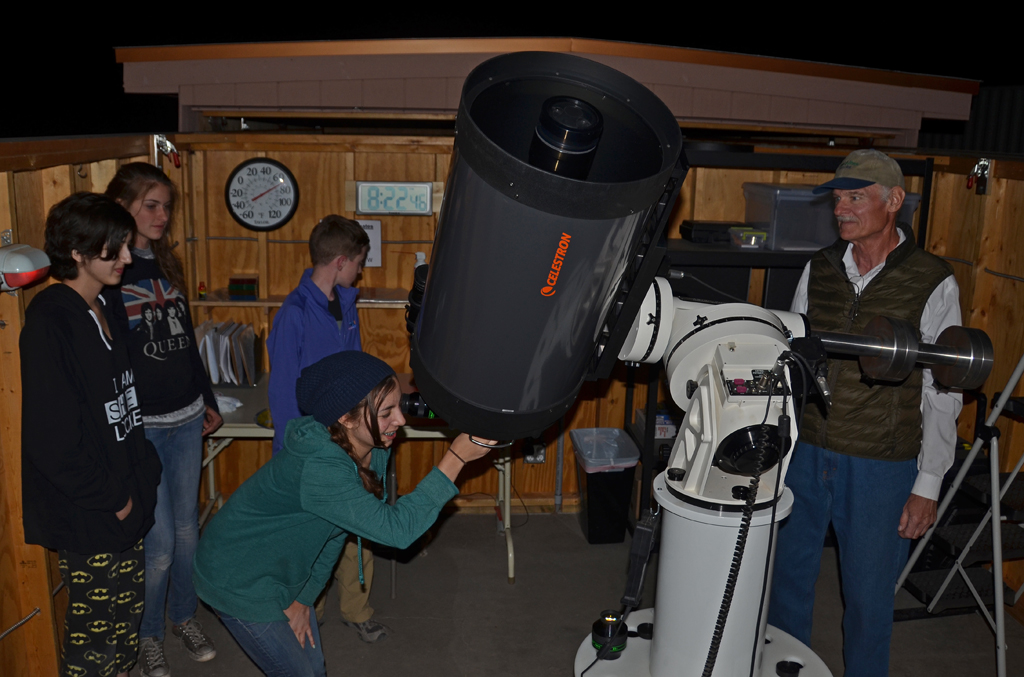
Dress Warmly. The site is at almost 5000 feet and it will be cold when the sun sets and the fun begins!
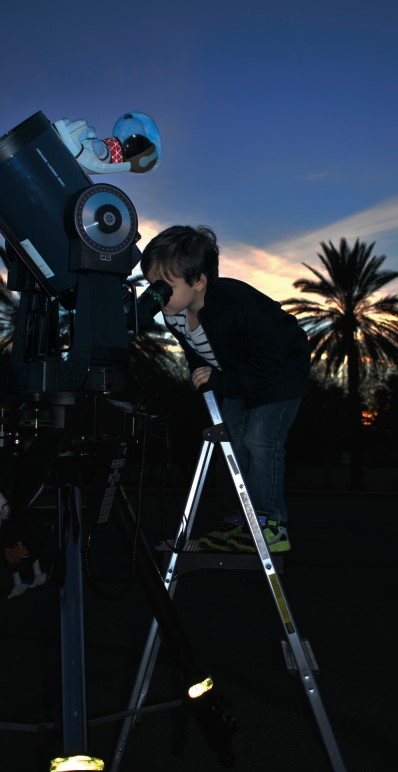
Planets of the Month: May & June 2025
By Erich Karkoschka

Mercury is well visible during the second half of June, not far from Pollux in Gemini. It sets at 9 pm, but already appears before 8 pm in the bright twilight.
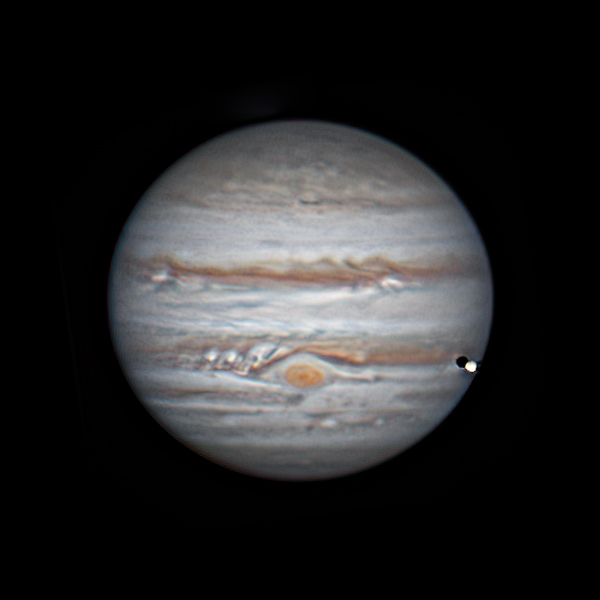
Jupiter is close to Elnath, the southern star of the Auriga hexagon. It is visible low in the west during dusk until June 8, when Jupiter passes a few arc-minutes south of the summer solstice point, the location of the sun at the summer solstice. It marks the peak declination of its 12-year track through the constellations.

Mars is high in the southwest during dusk and sets around midnight. On June 15 it is less than a degree north of Regulus, which has the same magnitude but is bluish against Mars’ orange color.
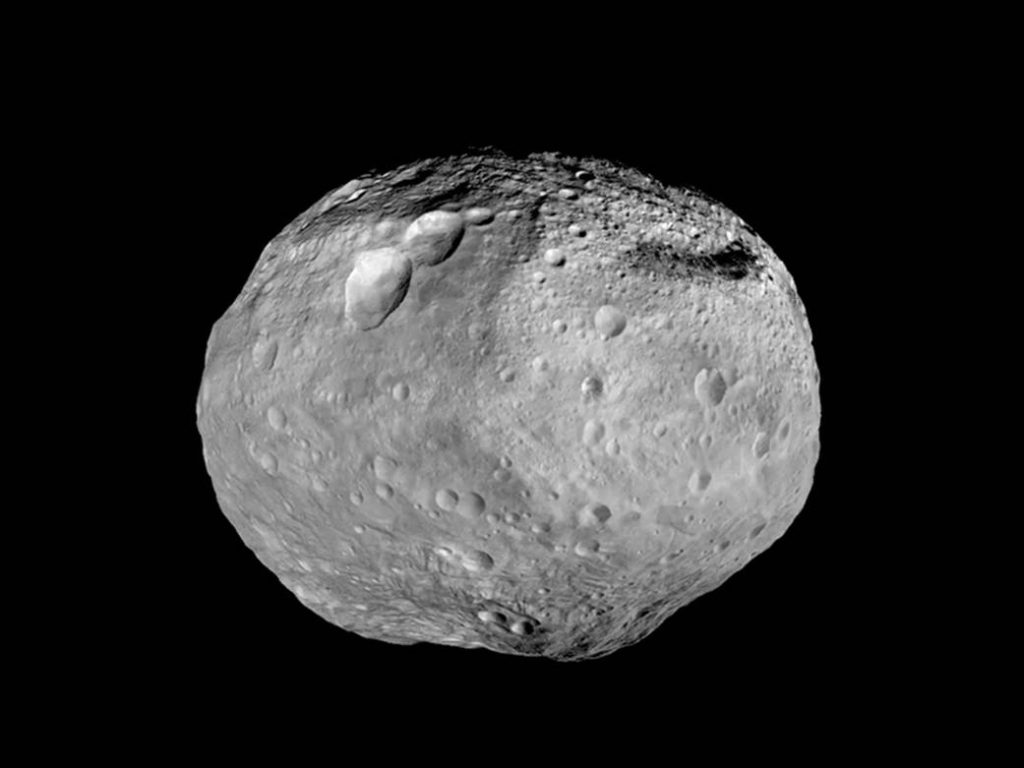
After midnight, there are a couple of hours with no planet in sight. Except if you have dark sky and good vision, you can see Vesta, minor planet no. 4 at magnitude 6, even 5.6 during the first week of May. It passes through eastern Virgo, just south of the celestial equator. In May, it moves sufficiently fast to be able to notice its motion from night to night by naked eye. In June it slows down to become prograde again.

Venus rises at 2:40 am in early May and an hour earlier by late June. It is close to maximum magnitude in early May. It moves from the first point of Aries (which is in Pisces) to close to the Pleiades by the end of June. In a telescope it is a beautiful crescent in May going through half illuminated in early June.

Saturn rises before 4 am at the beginning of May, but already at midnight by the end of June. Saturn’s rings are invisible since the Earth is south of the ring plane while the sun still illuminates the northern side. On May 6, the sun crosses the ring plane to the south, and the rings become better and better illuminated. Saturn is close to first point of Aries, also close to Venus at the beginning of May. In the vicinity is also Neptune, and Saturn and Neptune will be only one degree apart from each other for all June and well into the summer, a great opportunity to easily locate Neptune in binoculars and telescopes.

The Moon is an extremely thin crescent on the evening of May 27 and a thicker one on June 26.
CANCELLED – Astronomy Fundamentals Meeting – May 2025
HYBRID – General Meeting – May 2025
May 2 @ 6:30 pm – 8:00 pm
Title: OSIRIS-REx: Bennu’s Secrets Unveiled
On September 2023, the OSIRIS-REx mission successfully delivered a pristine sample from asteroid Bennu to Earth, marking a significant milestone in planetary science. In this talk, Dr. Lauretta presents the latest findings from his team’s studies, including the sample’s mineralogical, chemical, and isotopic properties, which confirm Bennu’s rich organic content and evidence of significant aqueous alteration. These are the result of his team’s comprehensive analyses of the returned material, revealing new insights into the early solar system and the processes that shaped planetary bodies. The new data not only advances our understanding of Bennu’s formation and history, but also offers clues about the origins of life on Earth. Join him as he explores how this mission’s groundbreaking discoveries are reshaping our understanding of the solar system’s evolution and our place within it.
Biography: Dante Lauretta
Dante Lauretta grew up in Arizona and received a B.S. in physics and mathematics and a B.A. in Oriental Studies with a focus in Japanese from the University of Arizona in 1993 and a Ph.D. in Earth and planetary sciences from Washington University in St. Louis in 1997. He is currently a Regents Professor of Planetary Science and Cosmochemistry at the University of Arizona’s Lunar and Planetary Laboratory. Lauretta is the leader of NASA’s OSIRIS-REx Asteroid Sample Return Mission. The spacecraft launched in September 2016 to begin its journey to Bennu, a carbon-rich, near Earth asteroid. The spacecraft rendezvoused with Bennu in 2018, and returned with a sample of the asteroid in 2023. Dr. Lauretta leads research about Bennu, and maintains an active research program in Cosmochemistry and Meteoritics. He is Director of the Arizona Astrobiology Center.
Mae Smith, TAAA President
Planets of the Month: April 2025
By Erich Karkoschka

Jupiter is close to Aldebaran and setting around 11 pm.
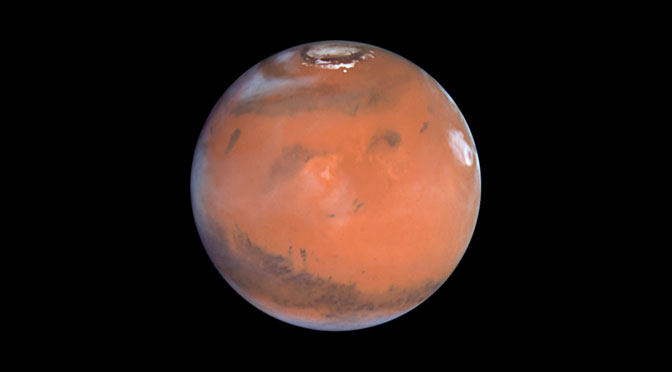
Mars is a little further east near Pollux. Around 8 pm, it transits 80 degrees high. Telescopes still show details on its surface, but at 8 arc-seconds diameter, one cannot expect too much.

After all planets are down, Venus rises around 4 am. It reaches maximum brightness during the second half of April at magnitude -4.8. It displays a magnificent thin, large crescent, but getting smaller and thicker during April.
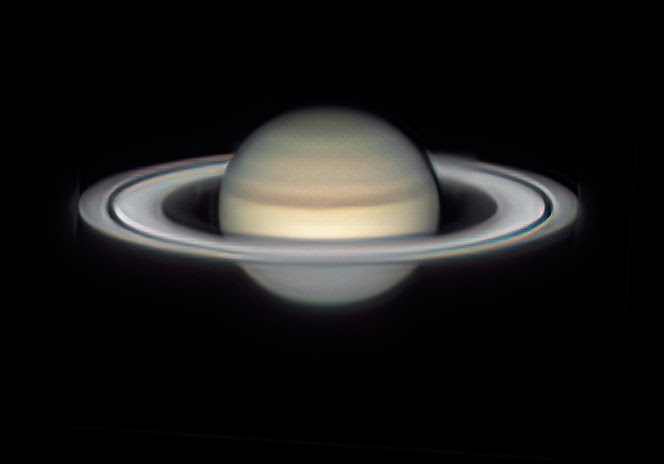
Mercury and Saturn become visible around the 10th in the morning. They can be found 6 degrees below Venus, close to the horizon during dawn. At mid-month, they are only 2 degrees apart from each other. Mercury is left of Saturn and a little brighter. Mercury stops its retrograde motion right next to Saturn and then quickly accelerates away from Saturn.

Uranus is 6 degrees south of the Pleiades, but becomes too close to the sun later to be observable.

Minor planet No. 4 Vesta is at its brightest in May. It will be visible to the naked eye. During April it rises in Libra around 8 pm.
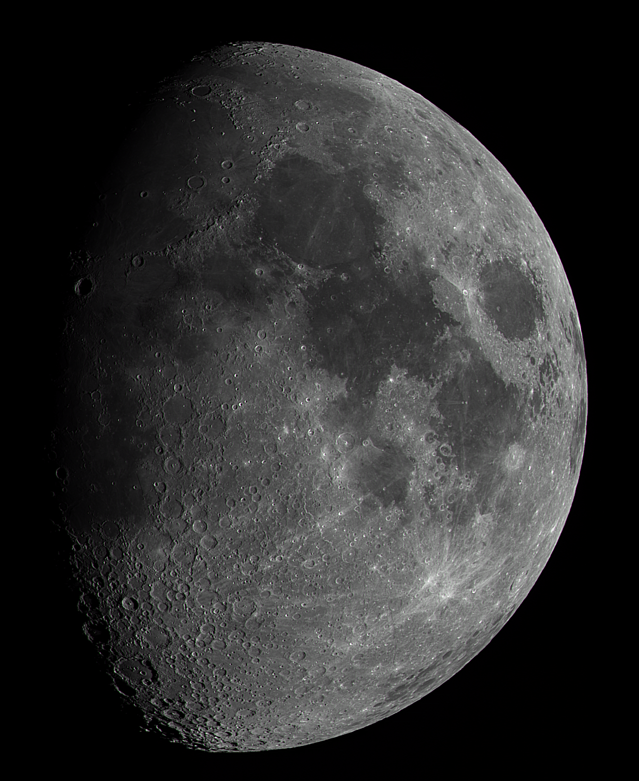
The Full Moon will be very close to Spica on the 12th. On the morning of the 25th, its crescent is near Venus and Saturn, not far from Mercury. Neptune is also right there, but not visible.
Evening Under the Stars @ Chiricahua Astronomy Complex
May 3 @ 7:30 pm – 9:30 pm
Semi-Annual Chiricahua Astronomy Complex Evening Under the Stars Saturday May 3, 2025. Address is: 9315 E Perseus Way, Pearce, AZ. We will be observing planets, galaxies, star clusters, multiple star systems, Nebulae, and lots more. Come join us for the free event. The gate will be open at 7 pm. To register for this FREE event, please email John at euts[at]tucsonastronomy.org with name, # in your party, and # of vehicles.


